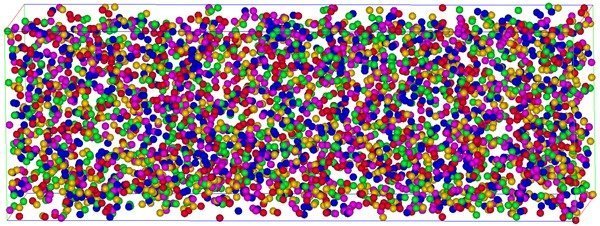Hydrogen in aluminium can cause embrittlement and critical failure. However, the behaviour of hydrogen in aluminium was not yet understood. Scientists at the Max-Planck-Institut für Eisenforschung were able to locate hydrogen inside aluminium’s microstructure and designed strategies to trap the hydrogen atoms inside the microstructure. This can…


